LTL Freight Consolidation: What It Is & When To Use It
LTL freight consolidation is an excellent alternative to traditional LTL. It offers safety, cost, and speed advantages to increase the transportation process’s efficiency.
Freight consolidation is a method of shipping that can help shippers improve their transportation efficiency by cutting down costs. This is done by increasing the shipping volume in an effort to reduce the cost per unit volume.
Click Here: Get Cost-Efficient & Safe LTL Consolidation Solutions for Your Business
This article will explore what LTL freight consolidation is, how it differs from traditional LTL, and when it makes sense for shippers to use it. Continue reading to learn more.
What is LTL Freight Consolidation?
LTL Freight consolidation is the process of combining smaller shipments from multiple shippers that are headed to the same destination. It is similar to carpooling, but for freight. Several shippers can collaborate this way and use a single truck for their cargo. The process is explained below.
Each load consists of shipments from multiple shippers. Individual shipments are picked up and brought to a consolidation warehouse. In the warehouse, shipments heading to similar destinations are grouped and loaded onto a truck as a full truckload. From here, these shipments remain on the same truck until they are delivered.
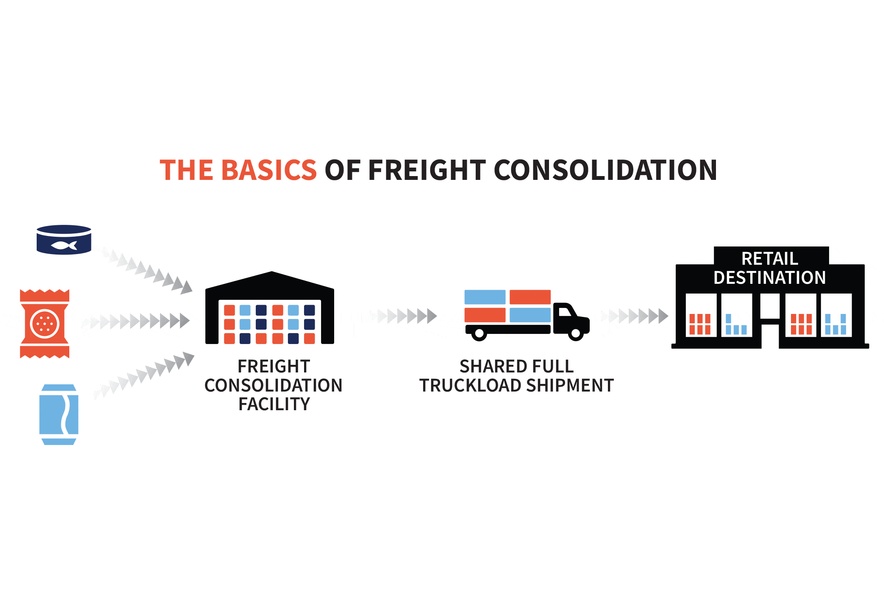
Source: Zipline Logistics
With LTL freight consolidation, shippers only have to pay for the volume of space their freight occupies. In addition to that, freight is handled less in this shipping method, thus reducing the chances of freight damage.
Now that we have seen how freight consolidation works with LTL, let us see how it differs from the traditional way of shipping LTL.
LTL Freight Consolidation vs. Traditional LTL
The traditional way to ship LTL is by using the hub and spoke system. The working of the hub and spoke system is explained below.
Freight is picked up from the shipper and taken to a local terminal (spoke). In the local terminal, freight from different shippers heading to similar destinations is combined and transported to a larger regional depot (hub) closer to the destination. This process continues until the freight reaches the hub closest to its destination and then is delivered.
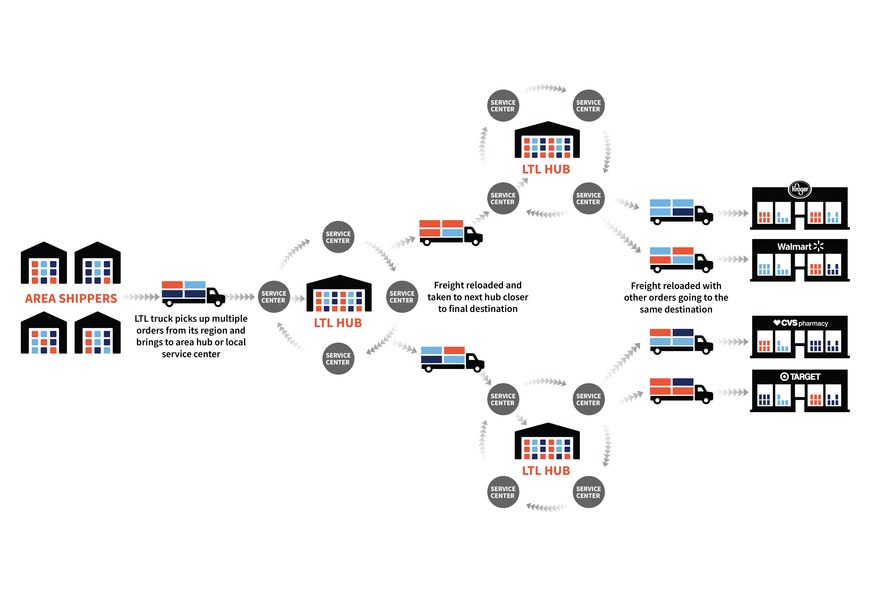
Source: Zipline Logistics
Compared to LTL freight consolidation, these are the benefits of traditional LTL:
- Faster pick-up times: Making it suitable for just-in-time manufacturing companies.
- More regular deliveries: Freight remains on the move constantly and does not spend too much time in a single warehouse.
- Effective over short distances.
Besides enjoying these benefits, traditional LTL has a few drawbacks as well:
- Freight is handled more: Shipments are loaded and unloaded between multiple terminals, increasing the chance of damages.
- Longer delivery times: Freight constantly moves from one terminal to another and can take a considerable amount of time to be delivered.
Therefore, it makes the most sense for shippers to use traditional LTL shipping over LTL freight consolidation if:
- They do not have a firm delivery schedule.
- Their freight does not consist of any fragile materials.
- They have small and dense shipments.
When to Use LTL Freight Consolidation
Shippers should use LTL freight consolidation services when they are shipping fragile goods. Since freight is loaded with other shippers’ freight heading to a similar destination, the number of times it needs to be loaded and unloaded is gradually reduced compared to traditional LTL, decreasing the chance of damages.
In addition to this, shippers who have smaller shipments with sensitive delivery schedules are recommended to use LTL freight consolidation services. The absence of multiple stops between the origin and destination speeds up the transit time for the freight. It also decreases the overall linehaul truckload costs, providing additional savings when compared to traditional LTL.
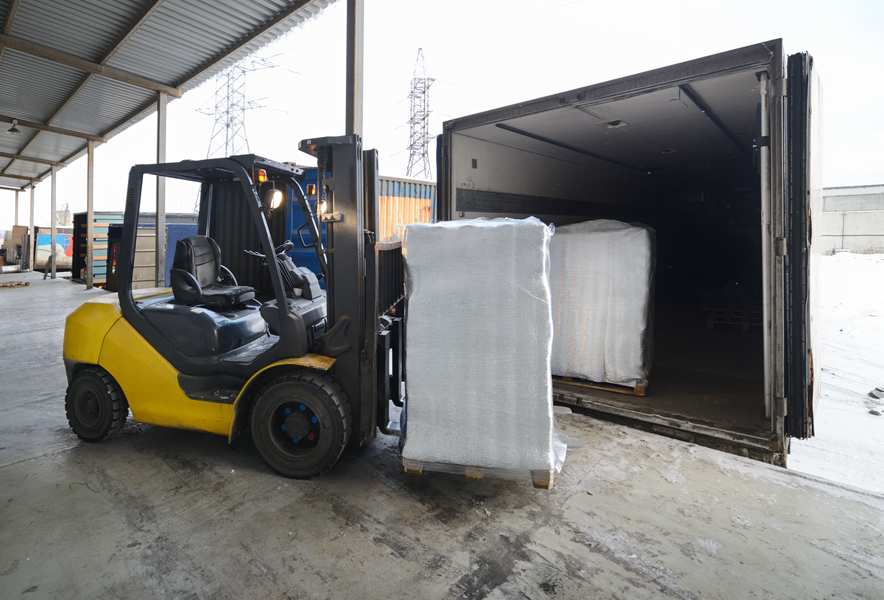
Thus, the reduced amount of handling, truckload linehaul savings compared to hub and spoke LTL, and absence of stops at other terminals in between helps shippers achieve increased safety, lower costs, and higher efficiency in the shipping process. Click here to learn more about the pros and cons of shipping via consolidated LTL.
Now that it is clear when it is ideal to use LTL freight consolidation, let us look at when it is not.
When Not to Use LTL Freight Consolidation
While LTL freight consolidation is a great option, there are some scenarios when hub and spoke LTL is a better option. It is not recommended to use freight consolidation while looking to ship:
- Bulky goods that attract additional handling costs.
- Hazardous materials that can cause severe problems in the event of an accident.
- Freight that requires transport in controlled temperatures to prevent contamination.
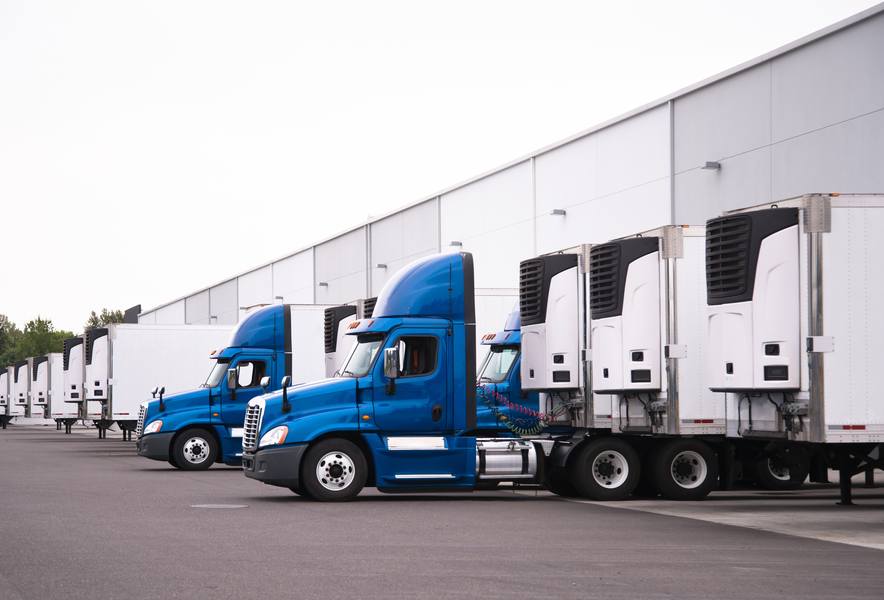
Conclusion
To summarize, LTL freight consolidation is an excellent option for shippers looking for an alternative to traditional LTL shipping. The safety, cost, and speed advantages – offered by the reduced handling, truckload linehaul savings, and freight remaining on the same truck until the final destination – contribute to increased efficiency in the transportation process.
It is, however, essential to note that freight consolidation does not work for all types of freight. It is crucial to consider the factors discussed in this blog before making decisions about the shipping process.
TMS has been providing reliable and cost-efficient consolidated LTL shipping from South Florida to all points across the US. Click here to read more about our cost-effective LTL consolidation services and get a quote.
We hope you enjoyed reading the article. Please let us know your thoughts in the comments below. If you want us to write on specific topics, please contact us! Additionally, if you want to stay up-to-date with the latest transportation industry news and trends, you can follow us on LinkedIn, Facebook, and Twitter.
More Blogs
Here are some more articles that consist of topics about the logistics industry, modern transportation trends, and best practices to help your business expand. Read some of these articles to learn more.
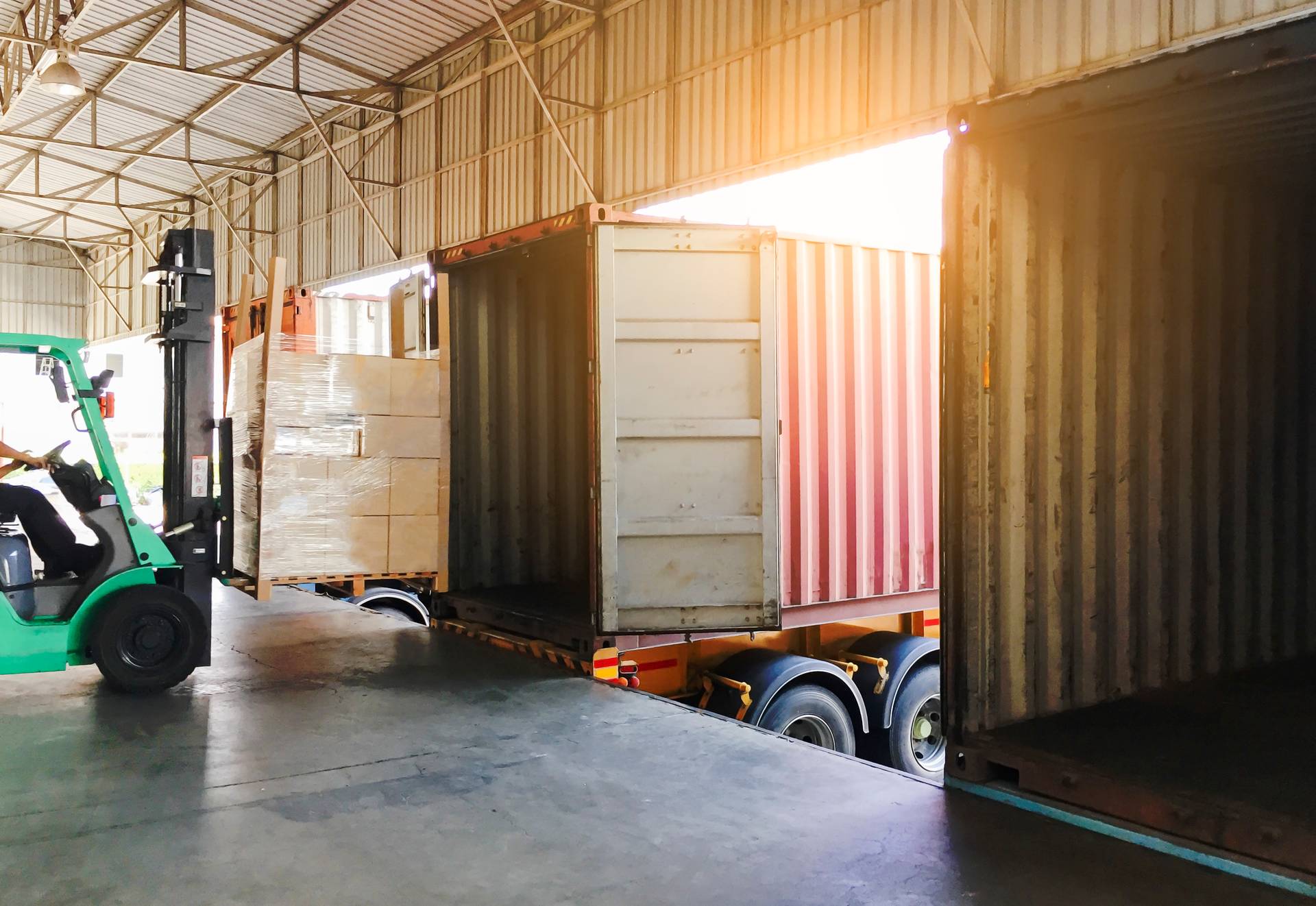
Third-Party Logistics LTL Shipping: Pros and Cons That You Should Know
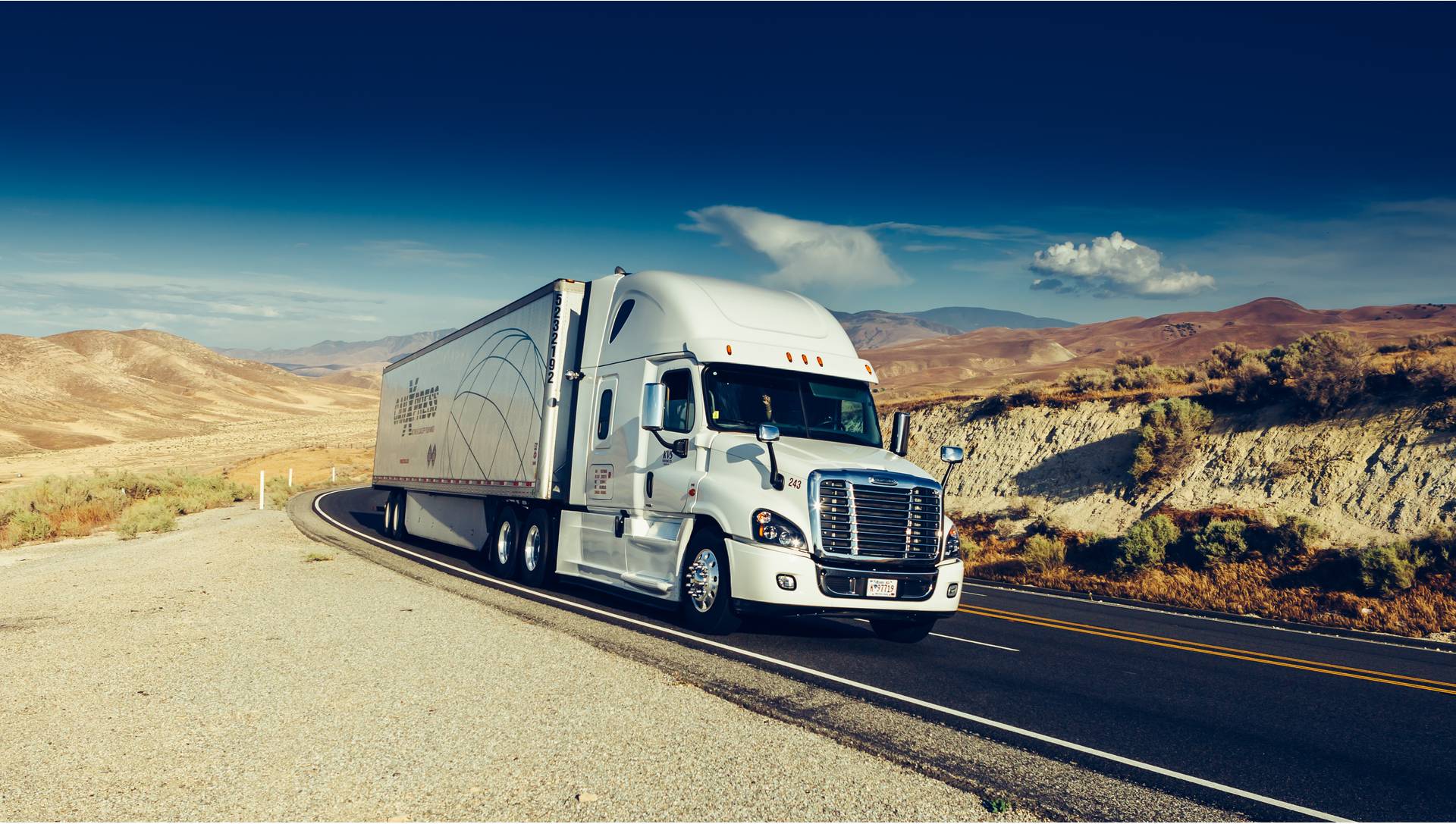
5 Tips for an Efficient Transportation Management Process


Comments 0